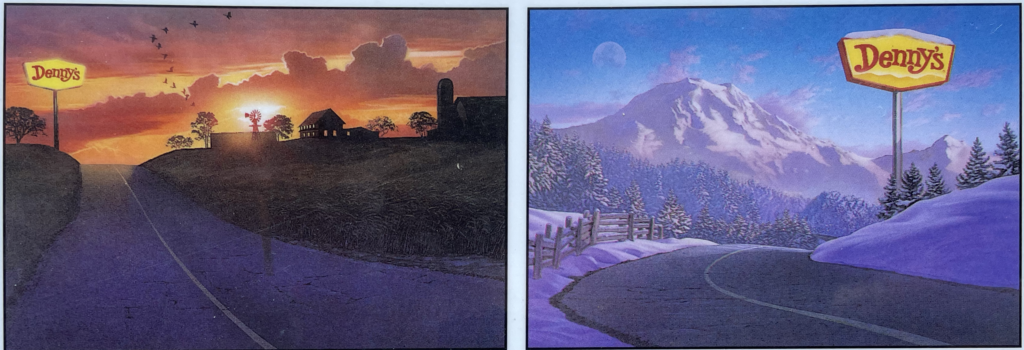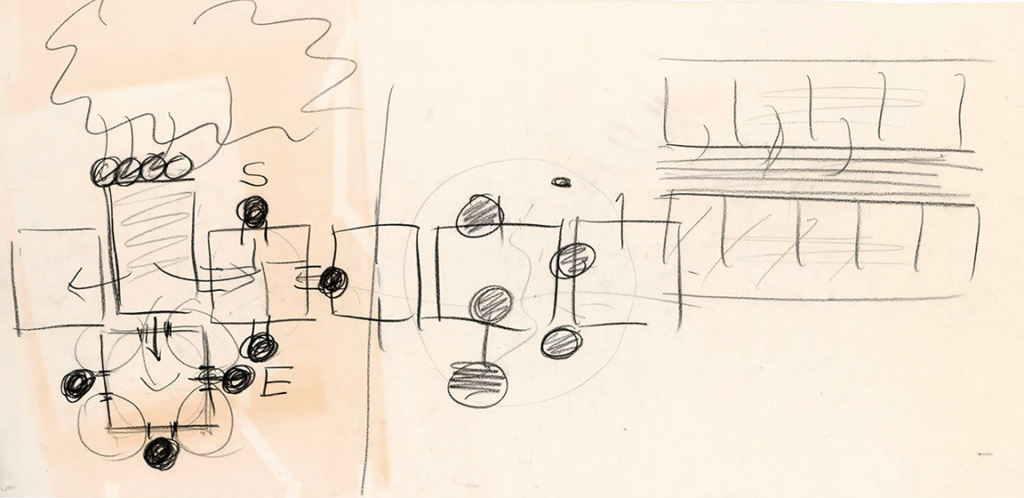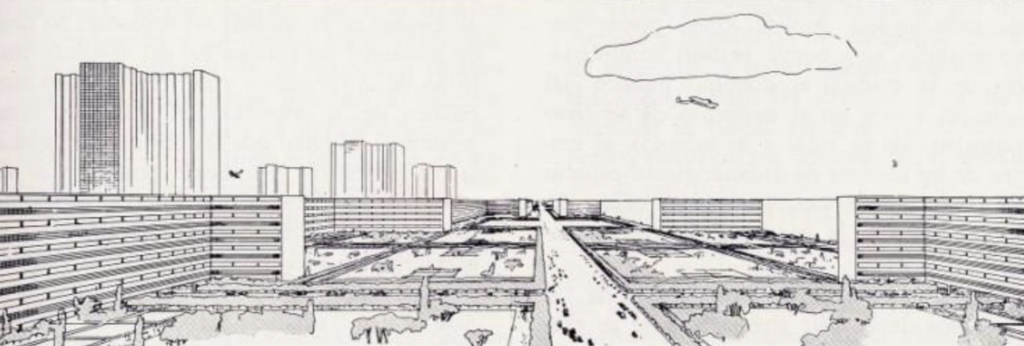
Vienna
Eating at a diner. Growing up in Vienna, Austria, where I lived between the ages of 5 and 12, restaurant menus were mundane compared to those encountered today. This is particularly true when compared to menus found at road side dining establishments that blanket America; with their over-scaled pages and abundant choices, always followed by gargantuan portions.
Continue reading Eating at a diner







